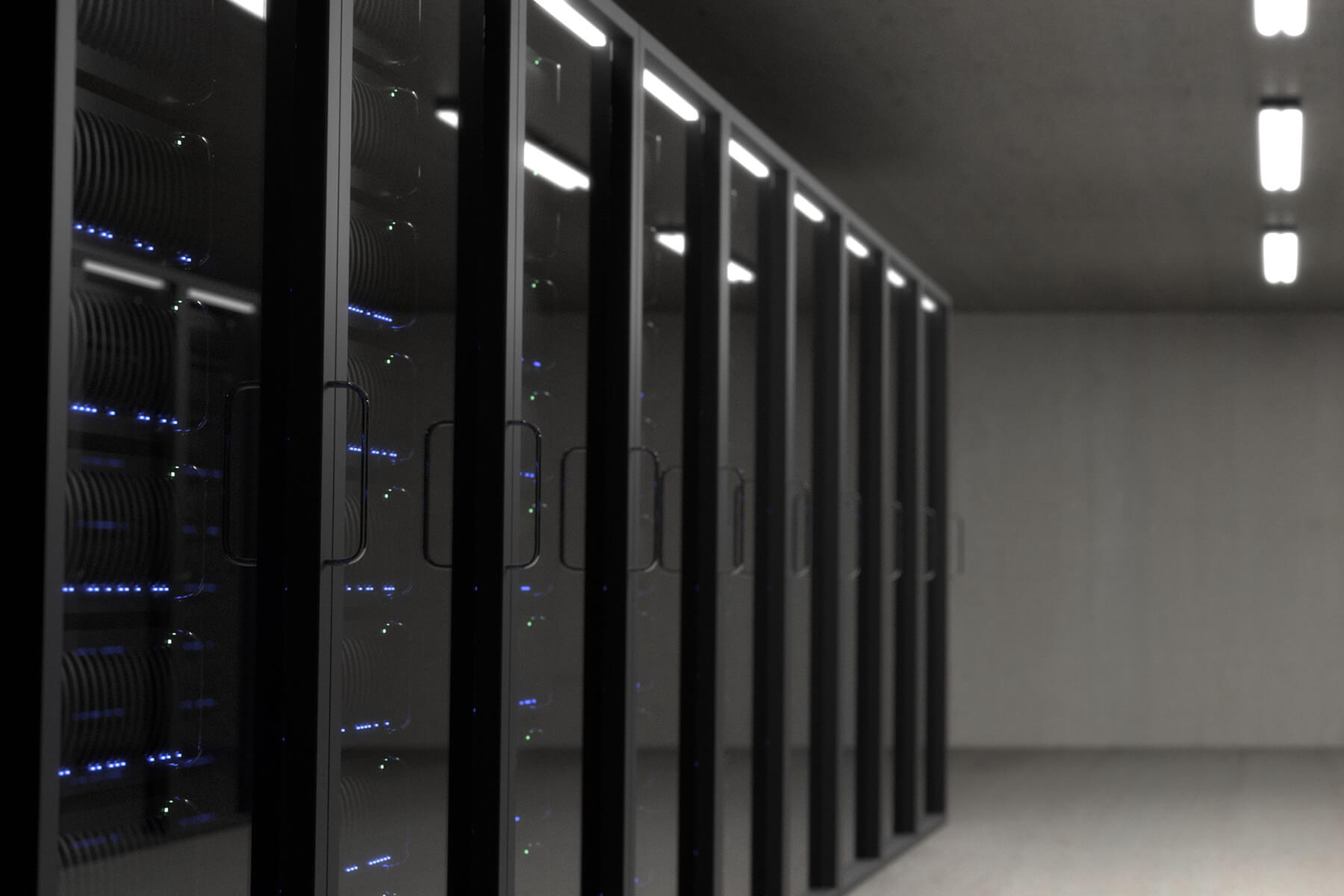Here’s a sobering fact: Datacenters consume approximately 200 terawatt-hours (TWh) of electricity. That is nearly 1% of all global electricity consumed.
This is a problem. A research firm, Enterprise Strategy Group, found that 93% of IT professionals said that a supplier’s environmental, social, and governance (ESG) initiatives impacted their purchases.
While there have been a lot of advancements in making datacenters more sustainable, there’s much more work to be done. Big ideas like submerging racks of servers for cooling are necessary but so are the smaller steps that can make a big difference.
One company that has been walking the talk of making datacenter technology less impactful is Dell. The company has made a number of pledges, including reusing or recycling an equivalent product for every product a customer buys to moving to 100% renewable energy by 2040.
But it’s in the company’s products where a lot of the sustainable heavy lifting is being done. Take, for example, energy efficiency. Dell’s latest PowerMax storage series delivers 80% power savings per TB2 and up to seven times more capacity per array in half the rack space.
Then there are thermals and cooling, where Dell has designed its storage for adaptive cooling to cut down on energy use. This means that fans accelerate as the temperature rises or CPU usage spikes, then slow down their speeds—and associated energy usage—whenever possible. This may seem like a minor thing, but at scale, it translates into substantial energy savings.

Tackling the space issue
One of the biggest, and often missed, issues in datacenter sustainability is overprovisioning.
In fact, a study from Forrester found that storage environments are overprovisioned by an average of 37%. This not only wastes energy, but also creates an unnecessarily large physical and carbon footprint.
This, again, is where Dell has made substantial progress with initiatives like data reduction and high-density flash drives to allow datacenters to use more with less.
As an example of this type of innovation in action, look at the company’s work with the AIDS Healthcare Foundation (AHF). AHF was able to reduce its physical footprint in datacenters by 88%, and power and cooling costs by half, simply by adopting Dell’s latest Dell PowerMax NVMe Storage.
Beyond innovation
While the innovative technologies companies like Dell and others provide are critical to the datacenter problem, there are some steps every company can take to help reduce negative impacts on the environment.One step that is often overlooked involves shipping and logistics. Datacenters rely on hardware. After all, hardware needs to be packaged, moved, and delivered. To reduce the costs—both financially and environmentally—we suggest companies do the following:
- Streamline shipping wherever possible to cut down on the distance hardware needs to travel
- Schedule delivery and physical integration so new hardware can be up and running in as efficient a time frame as possible
- Consider reusable crates for transporting hardware to facilities
Then there’s the actual location of datacenters themselves. As companies work on designing and building their datacenters, they should keep in mind power needs. Some places around the world have more sustainable power sources than others, and the closer a datacenter is to its users, the less power is needed for data streams to travel.

The data flood
In the coming years, businesses across industries will need to be prepared for a tidal wave of zettabytes of data to store and manage.
Because of this, datacenters can get in front of the coming flood now, and the better off we will all be in the long run. The more efficient we can make datacenters today—not just in hardware but also by location—the more likely the data economy will remain sustainable both environmentally and financially.
The environmental impact of datacenters is a problem that can be solved. We just have to keep working on it.
Interested in optimizing your datacenter usage? We can help. Contact one of our experts today.
Categories
- Cloud Migration and Adoption
- Enterprise IT and Infrastructure
- Artificial Intelligence and Machine Learning
- Data Management and Analytics
- DevOps and Automation
- Cybersecurity and Compliance
- Application Modernization and Optimization
- Featured
- Managed Services & Cloud Cost Optimization
- News
- Workplace Modernization
- Tech We Like
- AWS
- Social Good News
- Cost Optimization
- Hybrid Cloud Strategy
- NVIDIA
- Application Development
- GPU




